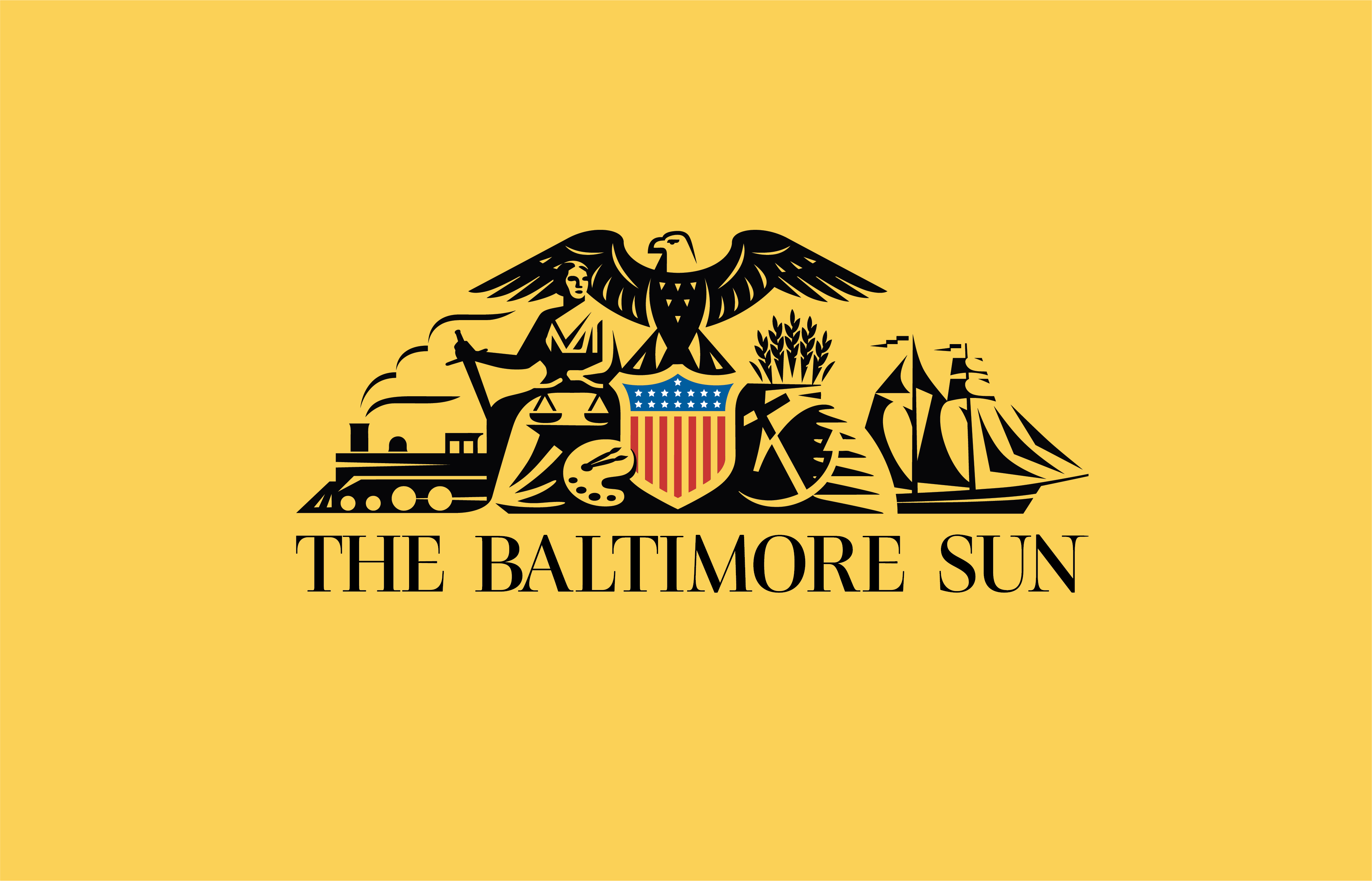The 446th legislative session of the Maryland General Assembly convened this past January while residents suffer from crippling inflation and Maryland remains one of the top 10 most expensive places to live in the United States.
Despite these hardships, there has been disappointingly little action taken to alleviate the financial squeeze Maryland families are feeling. Instead, at the time of writing this article, the House of Delegates and state Senate are conferring on the state budget as the House suggests broad-based tax increases and both chambers agree to continue hiking fees.
While the state budget garners all the attention, the mountain of fees being approved by the legislature continues to climb higher and higher. These fee increases inevitably will trickle down to hurt working Maryland families the most. In addition to the fee increases that have already passed, a tax on the purchase of paint was adopted. SB 325 – Maryland Paint Stewardship – imposes a fee on Marylanders who purchase architectural paint, i.e., house paint. Sold as an “assessment,” SB 325 allows the Maryland Department of Environment to create a new tax on paint retailers (think Lowe’s, Home Depot, and independently owned hardware stores) that will be passed down to consumers to fund a paint recycling program that has proven ineffective in other states. Painting our children’s bedrooms just got more expensive.
The plethora of new costs featured in the House version of the state budget includes toll increases, raising the vehicle excise tax from 6% to 6.5%, applying sales taxes on used car trade-ins, adding new vehicle weight classifications that charge anywhere from $10 to $90 extra depending on size and weight, and adding a new 75-cent fee on ride-sharing.
While the Senate is currently holding firm on most of the tax and fee increases included in the House budget, the upper chamber still allowed an increase to the annual vehicle surcharge of $17 to $40.
The most consequential rate hike headed your way would increase monthly surcharges to commercial and residential utility bills. These surcharges are expected to more than triple by 2026 to almost $29 per month, and the monthly commercial surcharge is expected to increase more than sixfold by 2026 compared to their 2023 levels. With commercial utility rates spiking that much, it will leave businesses no choice but to pass along those costs to you, the customer. We will be faced with higher costs in not only our homes but at the grocery store as well.
With the final days of the session approaching, I’m committed to standing firm against increases that further tighten the budgets of working Marylanders. These increases are exactly what is keeping Maryland families from getting ahead. While we may be from different parties, I agree with Governor Moore’s goal of making Maryland a more affordable place to live, work, and raise a family. It seems, however, that the majority party in Annapolis has not gotten that memo.
I also would like to take a moment to encourage current high school seniors or college students living in District 35 that are planning to attend a Maryland institution to consider applying for a Maryland Senatorial Scholarship. For those interested in applying, please contact my office at jason.gallion@senate.state.md.us or 410-841-3603 and my staff would be happy to provide you with an application and more information.
I am looking forward to the final months of the session and sincerely thank the citizens of Harford and Cecil counties for the opportunity to serve you in the legislature.
Jason Gallion is a Republican representing District 35 in the Maryland Senate.



